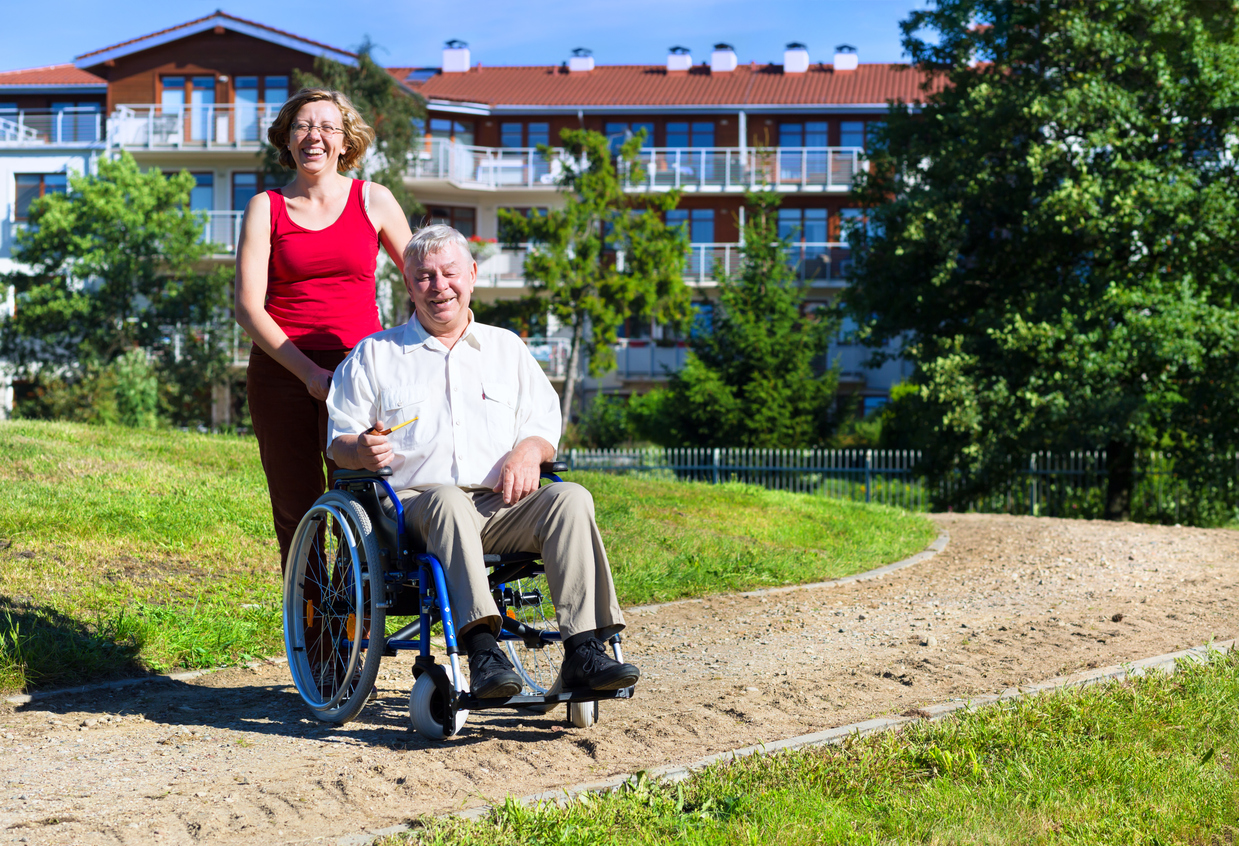In late 2022 and throughout 2023, senior living facilities, along with all other businesses, revisited their property portfolio valuations as insurers sought rate adequacy after years of outdated valuations and a decade marked by high claims costs. In addition to adjusting property values, many insureds also adopted higher deductibles to accept more risk for smaller, frequent claims to help manage costs.
As a result, the property insurance market this year has shown signs of stabilization compared to previous years. Although it’s too early to gauge the impact of Hurricanes Helene and Milton, most in the industry believe that further reinsurance market hardening is unlikely. However, the recent storms will most likely impede any softening of the market cycle, according to AM Best.
For non-coastal properties, significant emphasis is also placed on factors such as construction type, property age, and specific risk-mitigating features like sprinkler systems and roof conditions. Although named storms and catastrophic claims have been relatively subdued, there has been a rise in claims related to severe convective storms (SCS) in regions previously considered low-risk.
Properties with habitational construction continue to be challenging due to the prevalence of frame-built structures and the risk associated with water damage and fires. Senior housing properties are particularly scrutinized, with underwriters assessing factors like building quality and the specific services provided in independent living, assisted living, and skilled nursing environments.
We will continue to keep you updated on the property market as we head into 2025.
About Seneca Insurance Companies
Seneca Insurance Companies is known for its broad appetite for writing senior living property risks, including nursing homes, assisted living facilities, long-term care, independent living, and continuing care retirement communities (CCRCs). We offer full-limit and primary loss-limit policies and excess layers. Limits are up to $75 million per location.

